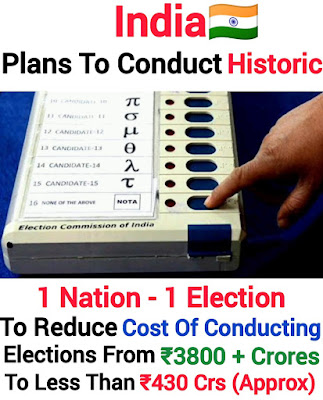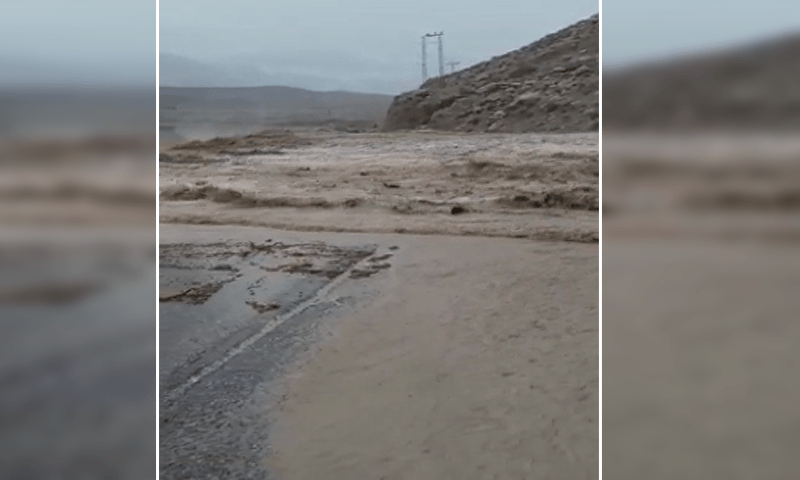'One Nation, One Election': What does it mean? See benefits, disadvantages and other details here
India is called the largest democratic country of the world because china is the communist country despite most populous country. The general elections for the Lok Sabha and state assemblies are held at the gap of five years. But it is observed that election is a whole year process in the India.Government spends a lot money, time and energy on the conduct of different elections.
That is the reason that government of India is thinking about “One Nation One Election” system in India.General elections for the Lok Sabha and State Assemblies are held at the gap of 5 years in India. But in addition to this; elections for the different State Assemblies are held in some states separately which put huge burden on the government exchequer. Now the NDA government wants to go for just one election in the whole country in the gap of 5 years.
History of “One Nation One Election” in India
If you think that the concept of “One Nation One Election” is new for India then you are wrong because “One Nation One Election” is not a unique experiment in our country. Simultaneous elections have been conducted for the Lok Sabha and the state assemblies simultaneously in India in 1952, 1957, 1962 and 1967.
This practice was discontinued in 1968-69, because some Legislative Assemblies were dissolved earlier due to various reasons. Since then India is trying hard to adopt the old election system but there is no consensus among the political parties.
Let’s discuss the merits and demerits of “One Nation One Election”
Merits of “One Nation One Election”
1. Money Saving: The biggest logic in the favour of the simultaneous election is the saving of government money. If the country goes for “One Nation One Election” it will save huge money. There are 4120 MLAs in the 31 states & UTs. The maximum expenditure limit for bigger assemblies is 28 lacs. It means if all the states & UTs go for one time election then its total cost would be around Rs. 11 billion. Usually around 5 states go for polls every year.
Resources: As we know that India is the largest democracy in the world so it will be daunting task to conduct simultaneous election in all the states, UTs and Lok Sabha.
According to the Law Commission, if the country goes for simultaneous election then the election commission need to spend Rs 4,500 crore on new EVMs.



Comments
Post a Comment